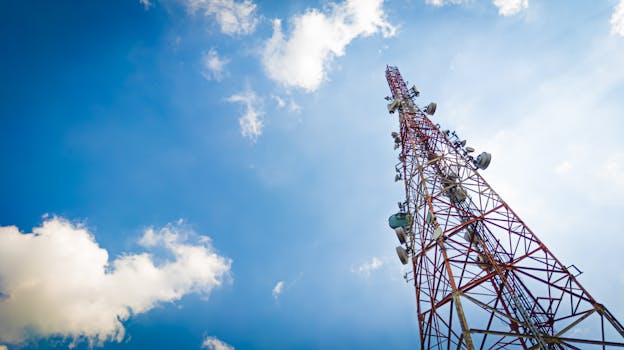
GEO Satellites: Introduction to a New Era of Global Communications
GEO satellites, or Geostationary Earth Orbit satellites, have been a cornerstone of modern telecommunications, playing a vital role in connecting the world. With the ability to provide high-speed internet, television broadcasting, and navigation services, GEO satellites have revolutionized the way we communicate globally. At the heart of this technology lies the focus keyword GEO satellites, which have been instrumental in bridging the gap between different regions and cultures.
Launched into a geostationary orbit, approximately 36,000 kilometers above the equator, GEO satellites remain stationary relative to a specific point on the Earth’s surface. This unique characteristic allows them to provide continuous coverage to a specific region, making them ideal for various applications such as telecommunications, weather forecasting, and navigation. The impact of GEO satellites on global communications cannot be overstated, as they have enabled the transmission of vast amounts of data, including voice, video, and internet traffic, across the globe.
Applications and Benefits of GEO Satellites
GEO satellites have a wide range of applications, including telecommunications, broadcasting, navigation, and weather forecasting. In the field of telecommunications, GEO satellites provide high-speed internet access to remote and underserved areas, connecting people and communities around the world. They also enable the transmission of television channels, allowing people to access a vast array of programming from around the globe. Furthermore, GEO satellites play a critical role in navigation, providing location information and timing signals that are essential for various applications, including aviation, maritime, and land transportation.
The benefits of GEO satellites are numerous, ranging from improved communication and navigation to enhanced weather forecasting and disaster relief. By providing high-speed internet access, GEO satellites have bridged the digital divide, enabling people in remote and underserved areas to access information, education, and economic opportunities. Additionally, GEO satellites have improved navigation, reducing the risk of accidents and enhancing the efficiency of various industries, including aviation, maritime, and logistics.
Technological Advancements and Future Developments
The technology behind GEO satellites has undergone significant advancements in recent years, with improvements in areas such as satellite design, propulsion systems, and communication equipment. The development of new satellite constellations, such as OneWeb and Starlink, has also transformed the satellite industry, providing higher speeds, lower latency, and greater connectivity. As the demand for satellite services continues to grow, driven by the increasing need for global connectivity and the expansion of the Internet of Things (IoT), the future of GEO satellites looks promising, with new applications and innovations on the horizon.
Researchers and engineers are currently exploring new technologies, such as quantum communications and optical inter-satellite links, which have the potential to further enhance the capabilities of GEO satellites. Additionally, the development of new materials and manufacturing techniques is enabling the creation of smaller, more efficient, and cost-effective satellites, which will play a critical role in the future of space exploration and development.
Conclusion and Future Prospects
In conclusion, GEO satellites have revolutionized global communications, providing high-speed internet, television broadcasting, and navigation services. With their unique ability to remain stationary relative to a specific point on the Earth’s surface, GEO satellites have transformed the way we communicate, navigate, and access information. As technology continues to evolve, we can expect to see new innovations and applications emerge, further enhancing the capabilities of GEO satellites and expanding their role in the global telecommunications landscape.



